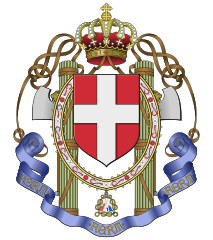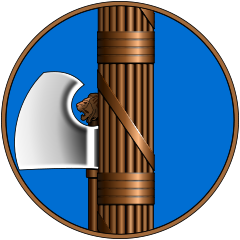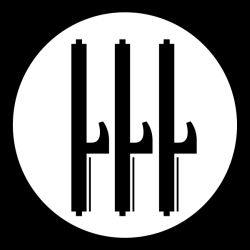.banner {color:red;}
Regia Aeronautica in WW2

 The Italian air force became an independent service—the Regia Aeronautica—on March 28, 1923. Benito Mussolini's fascist regime turned it into an impressive propaganda machine, with its aircraft, featuring the Italian flag colors across the full span of the undersides of the wings, making numerous record-breaking flights. It reached its zenith when two squadrons of flying boats, led by General Italo Balbo, crossed the Atlantic Ocean in 1931 and 1933 respectively. During the latter half of the 1930s, the Regia Aeronautica participated in the Spanish Civil War, as well as the invasion of Ethiopia.
The Italian air force became an independent service—the Regia Aeronautica—on March 28, 1923. Benito Mussolini's fascist regime turned it into an impressive propaganda machine, with its aircraft, featuring the Italian flag colors across the full span of the undersides of the wings, making numerous record-breaking flights. It reached its zenith when two squadrons of flying boats, led by General Italo Balbo, crossed the Atlantic Ocean in 1931 and 1933 respectively. During the latter half of the 1930s, the Regia Aeronautica participated in the Spanish Civil War, as well as the invasion of Ethiopia.
When World War II began in 1939, Italy had the smallest air force among the three major Axis powers. With a paper strength of 3,296 machines, only 2,000 were fit for operations, of which just 166 were modern fighters. The Macchi MC.200 and Fiat G.50 were the best available but were still slower than potential Allied fighters. While numerically still a force to be reckoned with, it was hampered by the local aircraft industry which was using obsolete production methods. Technical assistance provided by its German ally did little to improve the situation.
After the Italian armistice, the Regia Aeronautica was briefly followed by two new Italian air forces. In southern Italy, the Royalist Italian Co-Belligerent Air Force (Aviazione Cobelligerante Italiana, or ACI) fought alongside the Allied forces. In northern Italy, the National Republican Air Force (Aeronautica Nazionale Repubblicana, or ANR) flew for the Italian Social Republic and the Axis.
Aircraft of the Royal and Republican air forces never fought each other. The ACI operated in the Balkans and the ANR operated in northern Italy and the area around the Baltic Sea.



 The Italian air force became an independent service—the Regia Aeronautica—on March 28, 1923. Benito Mussolini's fascist regime turned it into an impressive propaganda machine, with its aircraft, featuring the Italian flag colors across the full span of the undersides of the wings, making numerous record-breaking flights. It reached its zenith when two squadrons of flying boats, led by General Italo Balbo, crossed the Atlantic Ocean in 1931 and 1933 respectively. During the latter half of the 1930s, the Regia Aeronautica participated in the Spanish Civil War, as well as the invasion of Ethiopia.
The Italian air force became an independent service—the Regia Aeronautica—on March 28, 1923. Benito Mussolini's fascist regime turned it into an impressive propaganda machine, with its aircraft, featuring the Italian flag colors across the full span of the undersides of the wings, making numerous record-breaking flights. It reached its zenith when two squadrons of flying boats, led by General Italo Balbo, crossed the Atlantic Ocean in 1931 and 1933 respectively. During the latter half of the 1930s, the Regia Aeronautica participated in the Spanish Civil War, as well as the invasion of Ethiopia.
